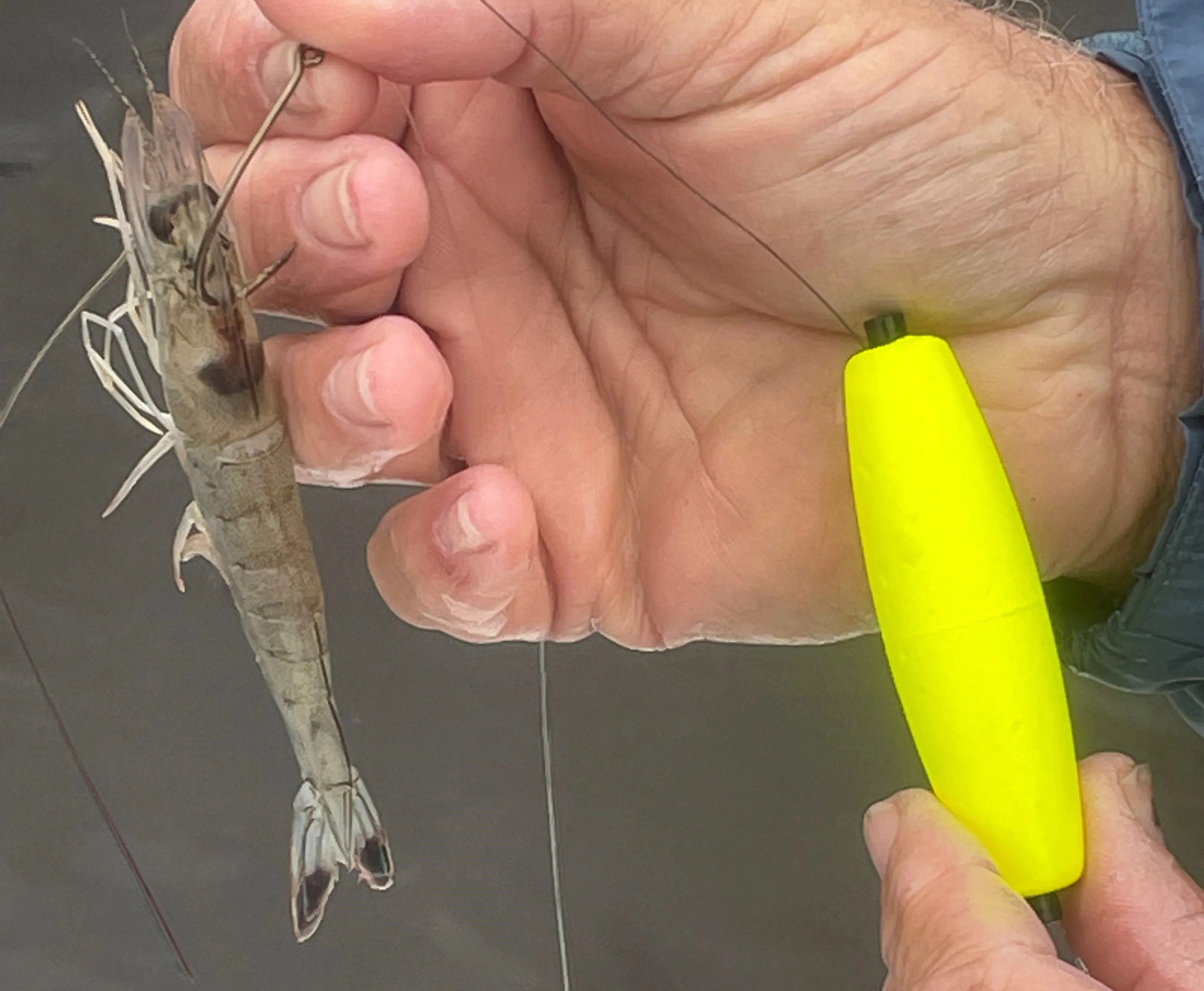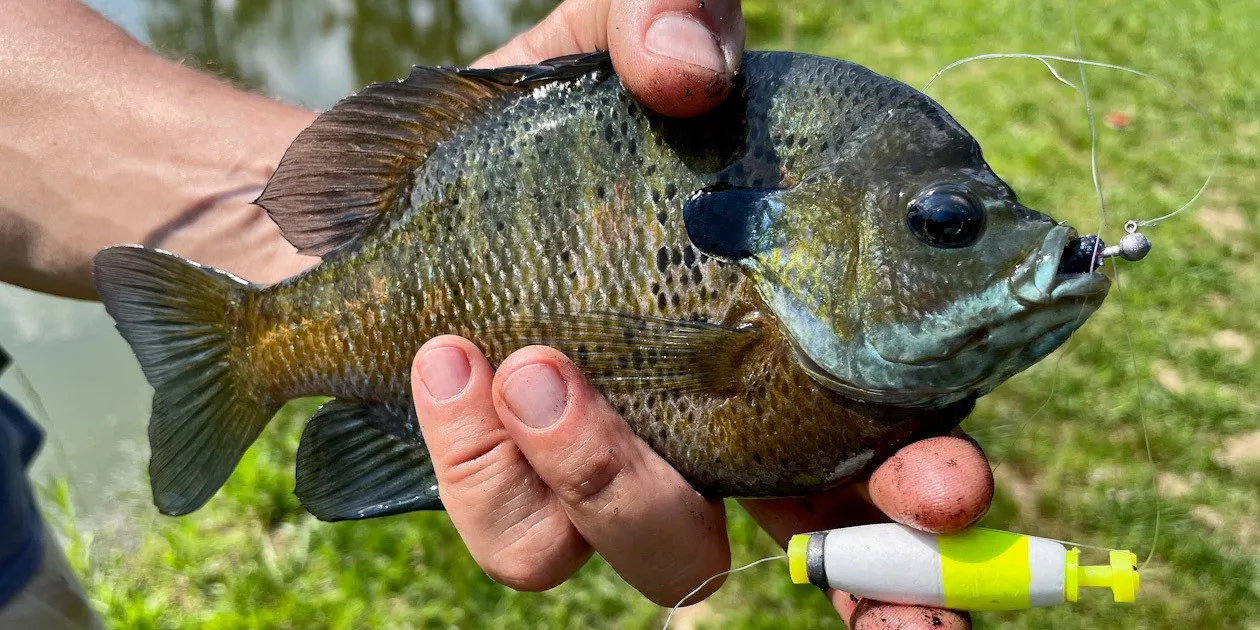Fishing floats, or bobbers, come in various shapes and sizes, each suited for different fishing situations. Understanding their functions and variations can help you catch more fish effectively.
Primary Functions of Floats:
- Suspending bait at a fixed depth
- Detecting strikes and activity at the rig’s end
- Adding weight for casting
- Providing action to lures or bait

Float Size Selection:
- Choose the smallest float that stays visible while keeping your bait submerged.
- Factors like bait size, weight needed, current, and wind influence the ideal float size.
- Experimentation may be necessary to find the perfect size for your setup.
Selecting the Right Float Shape:
- Pencil and cigar floats offer high sensitivity but may struggle in current or wind.
- Round floats handle heavier offerings and challenging conditions better but offer less sensitivity.
- Pear-shaped floats provide a balance between sensitivity and buoyancy and are versatile for various situations.

Different Float Configurations:
- Set floats are fixed in position and suitable for suspending bait less than 3 or 4 feet deep.
- Slip floats slide on the line, allowing for adjustable fishing depth.
- Weighted floats provide extra casting weight and sit lower in the water column, maximizing sensitivity.
Selecting the right fishing float is essential for maximizing your chances of success on the water. By understanding the functions, sizes, shapes, and configurations of floats, you can tailor your setup to match the fishing situation and increase your sensitivity to strikes. Experimentation and adaptation may be necessary, but with the right float, you can enhance your fishing experience and reel in more catches.
Images/Source: Lurenet





